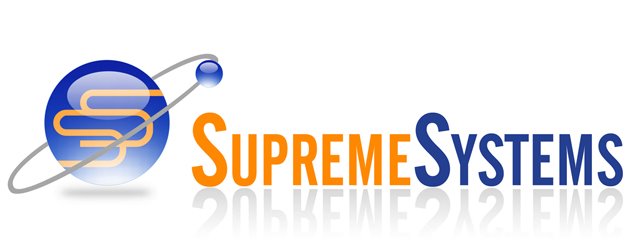What is Software & Hardware Purchase and Installation?
Software is a computer programme such as Norton Antivirus, it is not something which you can touch or feel i.e. it is not a physical piece of equipment, it is just a computer programme which runs electronically. Hardware on the other hand is a physical piece of equipment such as a computer mouse or a monitor. The process of buying it is simple and straightforward. You would normally buy BOTH elements from a vendor or a reseller. The process of installation is a bit more technical however and requires qualified and trained individuals to carry out the work.
How it Works
If you require a software installation, we would normally send out an engineer to install the software onto the system. During the process of installation, the programme would normally ask you if you want to install the programme so that several users have access to it. If you select this option then the software would be installed on the server and distributed to all the machines on the network. If you require a hardware installation then we would send an engineer out to install the hardware onto a machine(s). Let us take the example of installing RAM into one PC. You would first open the PC tower by unscrewing the screws which hold the cover on (be careful, because in some cases if you remove the cover of your machine then your warranty becomes void). You would then identify the slot where your RAM is to be inserted. It is usually located on the motherboard and looks something like this:

As you can see from the picture, that is how you would install your RAM. Be sure to always ensure that the RAM slots in PROPERLY and the clips on either side close properly.

 A network of 300 – 10,000+ can be classified as a WAN (Wide Area Network), these networks usually span very large geographical areas. For example one group of computers reside in Birmingham, another group resides in Paris and one group resides in New York, USA. The best way to describe a WAN is an interconnection of LANS.
A network of 300 – 10,000+ can be classified as a WAN (Wide Area Network), these networks usually span very large geographical areas. For example one group of computers reside in Birmingham, another group resides in Paris and one group resides in New York, USA. The best way to describe a WAN is an interconnection of LANS.



